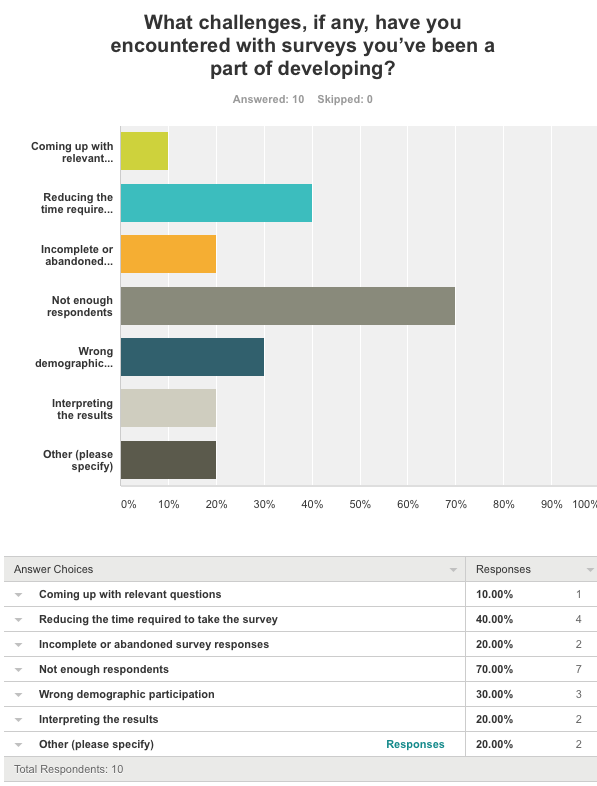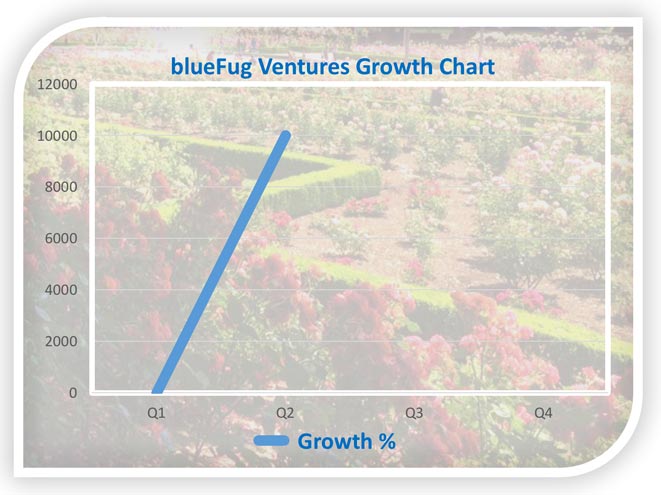You can now say you knew me when I appeared in the first season of @thescottking's "The Scott King Show" which is a podcast for CMOs and technology marketers. Scott and I had a great run at ITKO LISA for 5 years before we were acquired by CA in 2011 where we became part of the Service Virtualization/Application Delivery group. Largely operating as a two-man attack team, we had to find ways to create awareness and leads with very limited resources and budget in those days. I believe we executed phenomenally and took down some seemingly indestructible giant robots.
Take a listen here on Scott's site, or play the feed below, it won't cost you anything:
The Scott King Show - How to Build a Content Marketing Strategy - Jason English
If there's one thing I forgot to mention in here, it was "Use Every Part of the Content Buffalo" to paraphrase a Native American saying about not being wasteful. I kind of touched on this idea, but one of the best practices of content marketing is writing down impressions and observations before, during and after any kind of campaign, program, event or news. I guess I'll write my own separate blog on that aspect, now that I think of it.
Any case this series must be a great idea, because I kind of wish I did it first. Scott's show has an all-star lineup of technology marketing thought leaders lined up for his episodes -- and a few more interesting guests from other fields.
Scott's podcast is also a subscription on Apple Podcasts so that means I'm really big time now for being a featured guest.
You might have seen my very serious invitation about taking a marketing survey about marketing surveys recently. Since I have a lot of connections and friends involved in some form of technology marketing or analysis, I figured the results might be of interest to my audience. Here’s what I learned.
Most people are sick and tired of surveys. But that doesn’t mean they aren’t useful.
I shared the survey invite ONLY through social media – if you average out my number of friends on Facebook, contacts on LinkedIn, and followers of @bluefug on Twitter, removing duplicates that’s about 1600 unique individuals. I didn’t want to trouble my immediate contacts with the survey with an email in this case, though it would be the best practice for a survey if it served a business or research purpose.
Out of all that social media I got … drumroll … 10 survey responses.
That said, on Twitter I saw 25 retweets and likes, and dozens more likes and shares on LinkedIn and Facebook, just because a Survey of Surveys is kind of funny. I even heard from voke analyst and proper research survey guru Theresa Lanowitz that this idea was “very Seinfeldesque, like a coffee table book about coffee table books.”
So it wasn't taken seriously, but from an attention perspective, not bad. Let’s get into the results…
Go ahead and thumb through the slides above. Here's some of my takeaways from this exercise:
- Marketers large and small are still running a lot of surveys. I was surprised that 80% of the subjects reported running 2 or more surveys in a given year. Now, about half of these might be customer satisfaction surveys, which is a little more indirect but still an outcome often supported by marketing.
- We are cheapskates. We prefer free promotion of a survey over paid advertising and rewards. The leading methods of inviting people to take surveys are a simple blog post (70%), followed by social media and direct emails from the company's reps at (60%). And the leading incentive to participate is a free copy of the report (at 60%). Also 70% of the audience said they had zero budget set aside for these activities.
- By far, the number one challenge with surveys is that you never seem to get enough responses (70%). I'm right there with all of you on that! You could pay for more responses rather than being a cheapskate about the survey, but what value would paid responses add in some cases? In previous gigs, if I could get sales, customer support and our own email list working, I would push for at least 100, ideally 200 responses to get a statistically relevant field.
- Reported response rate to invitations and especially survey completion rates are a little higher than I expected, with 80% of marketers saying they get a 5% or higher rate of response. And 60% say they get 25% or better click-to-completion. Both of those questions, I assumed they would be rated on the low side.
Maybe this is a positive note for the good old marketing survey -- it doesn't seem to be going away anytime soon. If you can craft it carefully enough to be valuable research, and promote it personally and directly to a larger sample, you can still get a lot out of it. No matter what tools and methods you use for surveys, use them right, respect everyone's time in participating, and make sure to use every part of the awareness, data and conclusions you can draw from peer and customer input throughout your campaigns.

Question #6. This result was perhaps the most accurate one of the day.
Garners New Clients in
Launching Technology Marketing Advisory Business
SEATTLE, Wash. – Despite an unpredictable environment for
technology-related startups and venture capital, Seattle-area technology
marketing advisory firm blueFug Ventures managed to increase revenues
ten-thousand-fold in the second quarter of 2016.
“At this unprecedented growth rate, we are poised to
dominate the market for IT services by the year 2020,” said a spokesperson for
the company. The estimated global budget for IT-related services is $2.5
trillion, according to estimates1.
“10,000X? What does that even mean?” said Jason English, CXO
of blueFug Ventures. “We have just removed the above spokesperson, as that kind of
hyperbole is not what we are about here at blueFug.”

Seriously, however, blueFug offers software and technology companies
three targeted services to augment their existing marketing efforts:
Thought Leadership, which promotes the client’s expertise in their own domain.Customer Marketing, which promotes knowledge sharing and advances made by the client’s customers.Media Awareness, which enhances the public relations and social media campaigns of the company with rich content.
“Technology companies with great products and smart people
in place can still use a fresh perspective in getting their message simplified,
targeted and heard in today’s crowded marketplace,” said English. “Our primary
goal is to help clients find their voice so that marketing messages are
reaching impact with the right potential customers.”
Capacity for more select clients is still available. Due to
having only one employee at this time, bottom-line expenses remain low,
allowing blueFug to fly under the radar of VC and PE interest in the space and
avoid IPO rumors.
“I did pay $30 to park in downtown Seattle to visit a
client, paid $8 for a special cold-brew nitro coffee, then got a $45 parking ticket
just for coming back to my car 2 minutes too late,” said English. “That made a
dent.”
“You do not have permission to use a quote from us in your press
release,” said someone at a leading analyst firm.
1. IDC “Worldwide
Small and Medium-Sized Business 2014–2018 Forecast"

You know what they say about the cobbler's kids having holes in their shoes. It's hard to work on your own material when you often become busy with work for other customers.
I do have a lot to say here.
Hopefully, my own blueFug blog will have good shoes and keep going steady. Expect to find my latest musings on technology trends, B2B startups, customer and user engagement -- and of course, a little beer-to-beer review and music commentary here. I'll also post a few oldies but goodies from the near and distant past here for your reading enjoyment.
Cheers, and your commentary and feedback on any topic you'd like to see me cover is welcomed.